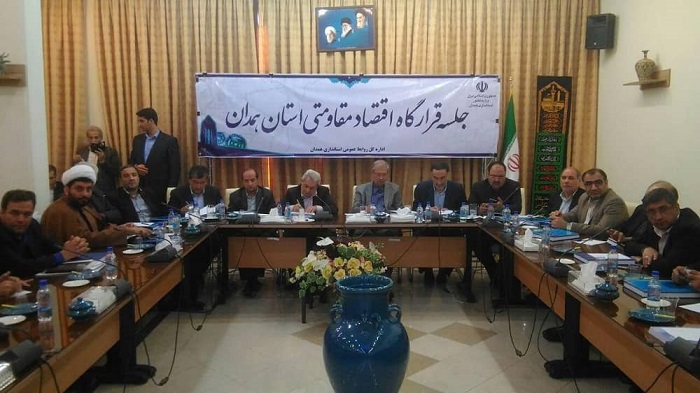
In the midst of a socio-political landscape marred by inequality, Iran’s privileged class continues to widen the chasm between themselves and the masses.Recently, state-run “Rokna” highlighted a stark disparity: affluent students in Tehran are ordering upscale meals, while 7,000 schools across the nation lack basic necessities like water and sanitation.
In response, Rezamorad Sahraei, the education minister, emphasized that the government doesn’t oversee private school menus and that this issue doesn’t relate to the broader education system. However, this incident draws attention to the wider disparity and corruption plaguing the country.
Historically, post-Iran-Iraq war, the clerical regime faced challenges reintegrating returning military personnel. Then-president Ali-Akbar Hashemi Rafsanjani proposed integrating them into economic activities. This idea, combined with privatization policies, allowed state assets to be rapidly transferred to the elite at discounted rates. With supreme authority centralized, the regime began legitimizing these transfers.
The recently revealed classified documents shed light on the IRGC's control over Iran's oil revenue, underscoring the regime's corruption and economic mismanagement.https://t.co/genvxrs91b
— NCRI-FAC (@iran_policy) May 24, 2023
Systemic rent and corruption further intensified these issues. Close affiliations with state leaders paved the way for rent-seekers and corrupt individuals to benefit from significant economic contracts. This monopolistic control disadvantaged many, skewing the economic balance.
Despite an oil revenue surpassing 1.5 trillion dollars, nearly 50 million Iranians live in poverty, while less than one percent of the population – including state officials and their offspring – enjoys wealth rivaling European and North American standards. Individuals like the son of former National Security Advisor Ali Shemakhani profit immensely from such systemic loopholes.
Mahmoud Bahmani, former head of the Central Bank, revealed in 2018 that the combined wealth of elite descendants exceeded the country’s foreign exchange reserves. Many of these funds, instead of benefiting the people, fuel domestic oppression and foreign terrorism.
#Iran Regime’s Economic Policies Have Turned Society Into a Powder Keg, Officials Say
In an interview with the #Iranian regime's state-run news agency Etemad Online, Mohammad Reza Mortazavi, discussed Iran's economic corruption and…https://t.co/Cawomz3rW8 pic.twitter.com/16ruvPsCAV— NCRI-FAC (@iran_policy) May 31, 2020
Mafias, leveraging corruption and their privileged status, also manipulate resources. Examples include the water mafia controlling water resources and another interfering in university admissions, eradicating free education.
The corrosion runs so deep that voices from within the regime are emerging. Hossein Naqashi, a Central Council member of the United National Party, highlighted the increasing number of millionaires in Iran.
Transparency International ranks Iran 147th out of 180 countries regarding economic and administrative corruption. Such pervasive corruption prompted warnings from former MP Ahmad Tavakoli, who in 2017 stated that unaddressed corruption might lead to the state’s collapse.
For the Iranian people, the connection is clear: their deteriorating living conditions are a direct result of systemic corruption and elite privilege. With protests erupting since 2022, the nation is showcasing its hunger for change. Iranians understand that for a brighter future, the ruling regime’s overthrow is imperative. The race now is between the elites’ urgency to secure more assets and a population that’s increasingly resilient and knowledgeable, voicing their dissent louder by each passing day.

MEK Iran (follow us on Twitter and Facebook), Maryam Rajavi’s on her site, Twitter & Facebook, NCRI (Twitter & Facebook), and People’s Mojahedin Organization of Iran – MEK IRAN – YouTu







